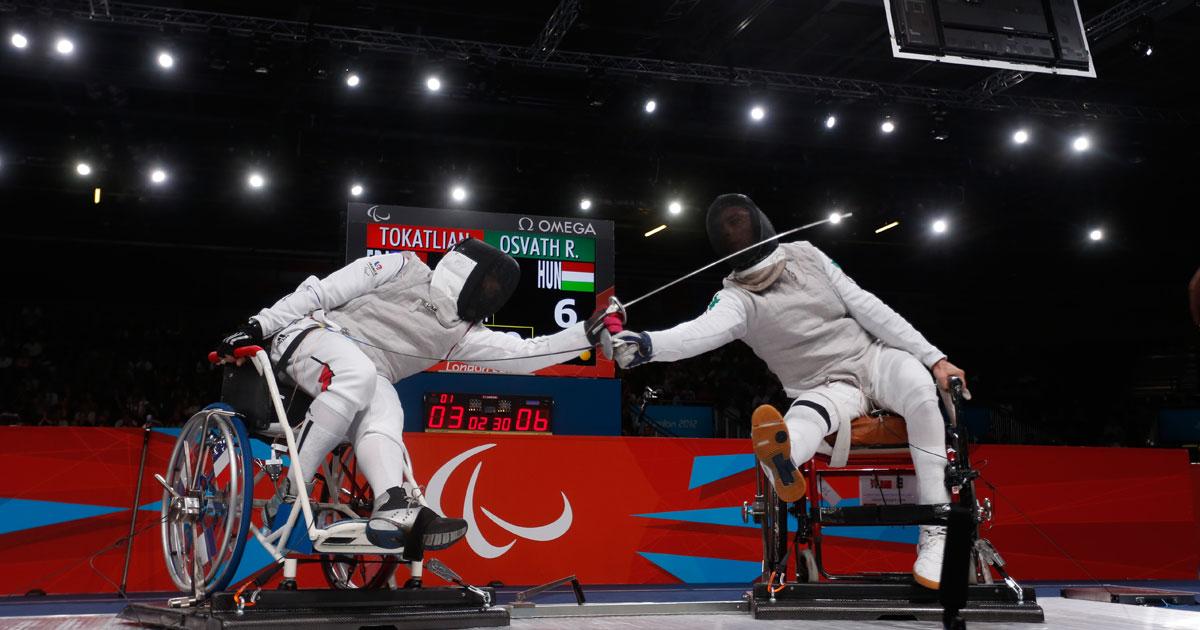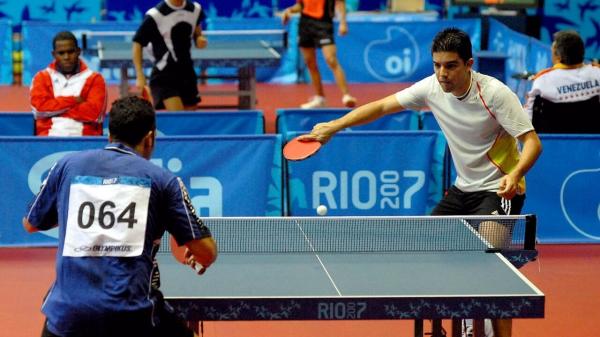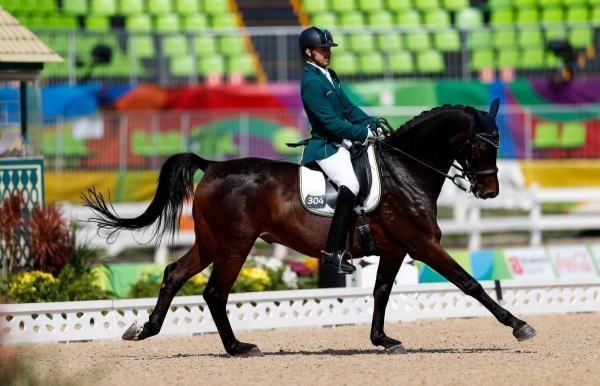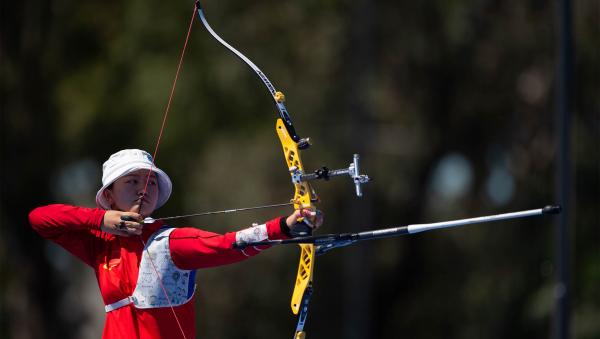Wheelchair Fencing

One of fencing’s most recent developments is wheelchair fencing, which was introduced by German-born English neurosurgeon Sir Ludwig Guttmann at Stoke Mandeville Hospital in Aylesbury, England. Fencing was one of many sports therapies Guttmann introduced for World War II veterans who had suffered spinal cord injuries. In 1948 Guttmann inaugurated Olympic-type competitions for disabled athletes at the Stoke Mandeville Games, and wheelchair fencing became a regular fencing event in Europe soon after. The first international wheelchair fencing tournament took place in the 1950s. Wheelchair fencing has been a part of the Paralympic Games since 1960. This unique form of fencing was introduced into the United States in the 1960s but was not actively developed there until the early 1990s. The fencing takes place in special frames designed to keep the wheelchairs stable. Wheelchair fencers go for five touches, as in standard fencing, but they cannot advance or retreat. Wheelchair technique includes ducking, making half turns, and leaning forward and backward to achieve or avoid touches. However, all touches must be generated without the athlete rising from the chair seat. While many beginning wheelchair fencers rely on muscle and aggressive methods of fencing, more-advanced competitors develop technique and timing as their strong points. All three fencing weapons are included in the wheelchair game.













